The fastest way to put your product, service, name or content in front of the right people is through paid ads. Facebook has grown from being the biggest social media platform to becoming the largest advertising platform – it is so profitable to run ads on Facebook because of the vast amount of information and data they have and have collected over the years of being on top of the food chain.
You can go as in-depth as targeting people who have clicked on the “Buy Now” button on Facebook in the past week. (how crazy is that?) Talking about crazy, you can target men between the ages of 21 – 35 who like Cardi B, are into Tech and make over £35,000 per year (that’s crazy right?!) Sounds all rosy until you get hit with the reality that even though you put something in front of the “right” people, if you ad copy sucks or does not suck your target audience in, they will not click through or engage with your ad. What does this mean for you? Well, loss of money and failed campaign.
At the end of this post, you will learn a secret tactic; the use of two powerful hook words used by top internet marketers, ad agencies and “businesses with sense” to suck people into their product and brand. What does this do for them? Well, it makes them more money, increases their leads / customer base and brings a good Return on investment (ROI). Before we go into the sweet part, understanding the psychology of people on social media (Facebook in this instance) is very important.
When someone logs into Facebook, they are in a state of “socialization”. They want to see what’s going on in their “Friends and family” lives and possibly later cry about how their life sucks compared to the ones they’ve seen on Facebook (did it feel like I was talking about you? Am so sorry – it wasn’t intended) [ad name=”HTML”] Knowing the customer’s current state of mind is so important and this is what gives some ads a competitive advantage over others.
Remember that most times, Facebook ads are meant to take people away from what they are already doing into engaging or taking action on your ad. With this knowledge, the way you construct your ad is so important as this is a determinant on if your ad will be successful or not (depending on what your success metrics are).
Before we go into the structure of a wining ad and words structure to make use of, I am assuming at this point that you have your targeting already figured out – If you don’t know how to use targeting the right way, I will put a link at the end of the post where you can get on my FREE Facebook ads mastery course and get ahead of the pack.
Structure of A Wining Facebook Ad.
Whether online or offline, there is a standard rule for sales and conversion. Your target audience must feel a “pain” and your product or service should ideally be the “solution” to solve that pain! Most people try to focus on the “features” of their product/service and what the product does instead of focusing on the end result it will provide to the user or potential customer.
People are very self-centered and they always ask the question “What is in it for me” conscious or un-consciously when they are about to buy or engage with something; so you see why talking about how good your product is and how its the best thing since sliced bread isn’t the right move? Focus on the outcome they will get, bring out the pain they have and are experiencing (you must know the pain points of your target audience) and then provide a solution, a desired result.
The 2 Powerful Hook Words; “If & Then”
We will be making use of the “If/Then” structure in our ad to call out our audience’s pain and then provide them with a solution. The “If” part of the ad copy will be calling out the pain(s) of the target audience and the “Then” part will be providing a solution (ideally the solution would be your offer, product or service). I will be showing real examples of how to use this and as you read this, you will begin to see why this works wonders.
The 5 Parts of A Facebook Ad.
If you’ve ever ran an ad or see a Facebook ad, You should be familiar with the above image. This is the blank template of how a Facebook ad looks like. I have broken down into 5 significant parts and each of them play a very key role. Below is the structure of how each should be in order to make your ad pop and increase conversions using the “If/Then” copy structure. (I have broken then into number 1 – 5 for easy identification.)
- Body Text – The body text is the first thing people will read and see (maybe after the image/video). The body text should Call out the problem / pain point of your audience and intensify the pain. This is where you will be making use of the If/Then approach.
- Image / Video – The image / video space is the visual section and this will grab the attention of your audience. You want to use pictures that will standout in the newsfeed of your target audience. Even though I make use of the word “standout”, it still needs to look like it belongs on their newsfeed – it shouldn’t look too salesy!
- Link Headline – This is perhaps the biggest text space of your ad. You should ask a question that speaks to the main problem and pain points of your audience and expands upon the solution you are offering. The use of conversational tone and numbers are always very effective in this section. (examples will be shown below)
- Link Description – This is your Call To Action (CTA). You ideally want to make use of a direct command that sets expectations and incorporates some element of immediacy and scarcity to incentivize people into taking action.
- Call To Action Button – This action button people will click to go out of facebook to your page or website. For now, you can only make use of Facebook pre-made buttons like LEARN MORE, SHOP NOW, BOOK NOW, CALL NOW and the likes. Hopefully in the future, Facebook will allow the use of personalized CTAs.
Now that you know the structure of a Facebook ad and the five elements it contains. It is time to move into the mindset and steps of writing the ad copy using the “If/Then” construct. [ad name=”HTML”]
Facebook Ad Copy Writing Steps.
- Identify the problem and pain points of your audience and what your solution is.
- Write a body text that incorporates the if/then construct that calls out the problem and solution. This should include some power words and phrases that grabs attention.
- For the Link Headline section; Ask a question that expands on the solution you are offering while calling out or addressing the main problem and pain point of your target audience.
- For the Link Description, Write a command based sentence that states clearly what they will receive and add an element of immediacy or scarcity to it.
- Use the right CTA button that flows with your ad.
Examples of Using the “If/Then” Ad Construct.
I will be picking 3 random ads found on the internet and then re-constructing them using the “If/Then” construct strategy. You will be the judge which ad you would click on and take action on based on the copy.
First example is an ad from Jungle Scout. They offer a service where people who interested in selling products on Amazon can profitable product ideas, get sales and revenue data and outsmart the competition.
Ad Example 1
Below is their current Ad: 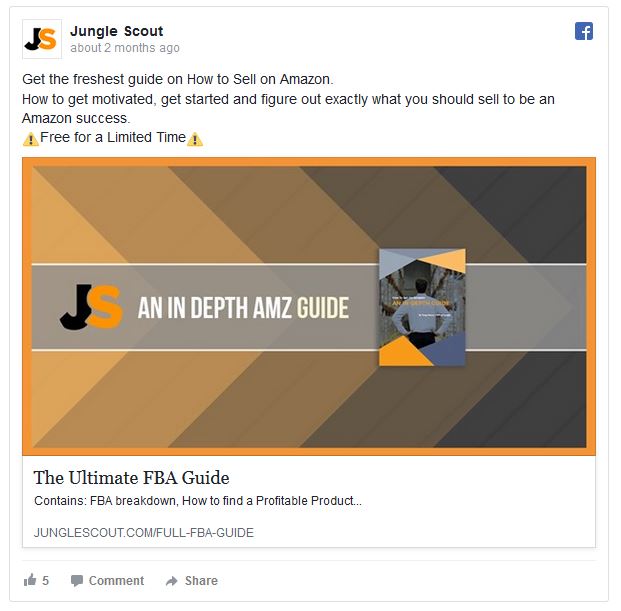
Below is my re-construction of the Ad:
If you are struggling with picking wining Amazon FBA products then this Under The Radar FREE Guide that is proven to pick winning Amazon FBA products is for You! [INSERT IMAGE] Guaranteed To Start Making Profit Even Before Launching Your First Product? Click here for immediate access to our proven system that will ensure you pick a wining product for your Amazon FBA business. [CTA Button: LEARN MORE or DOWNLOAD NOW]
Second example is from Source Wave SEO, they are an SEO training company that teaches other SEO consultants and business owners how to attract paying clients for their SEO services.
Ad Example 2
Below is their current Ad: 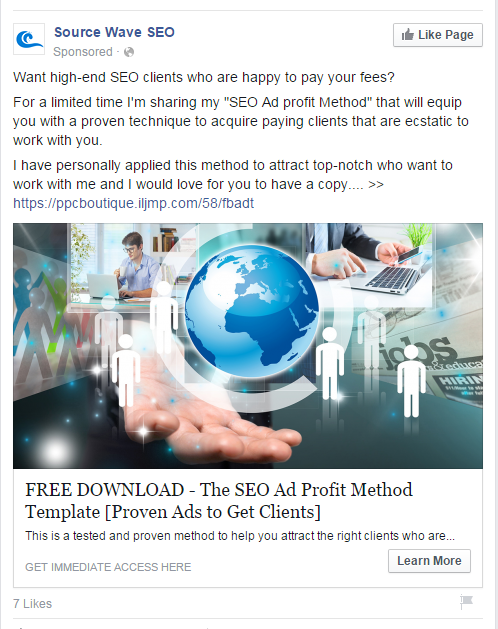
Below is my re-construction of the Ad:
If you’ve hit an absolute dead-end in your SEO Consulting Then this Sneaky but Ethical SEO Ad Profit System is for You… [INSERT IMAGE HERE] Attract Clients Who Are Happy To Pay Your Fees? Click here to download our proven system to attract clients who are eager to work with you and pay your fees. Close a high ticket client today! [CTA Button: DOWNLOAD NOW or LEARN MORE]
Third ad example is from FreshBooks, a service based business that helps entrepreneurs and small business owners handle their administrative tasks such as accounting, invoicing, managing expenses and more.
Ad Example 3
Below is their current Ad: 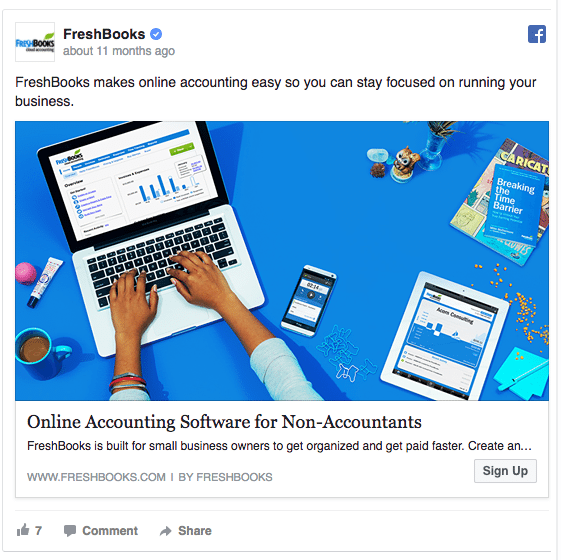
Below is my re-construction of the Ad:
If you are trapped in late client payments then FreshBooks is the secret way to getting paid faster while spending more time running your business. [INSERT IMAGE] Want To Spend More Time Doing What You Love and Getting Paid Faster? Click here to get access to FreshBooks and start spending more time running your business whilst getting paid faster. [CTA Button: LEARN MORE or SIGN UP]
I hope you enjoyed the play on words used above to re-construct the ads. Do you think the re-constructed one will hit home for the target audience? As seen in the above examples, the “If/Then” ad construct tries to call out the pain of the target audience and then provide a solution.
This type of ad will get a much better click-through rate if the targeting is done correctly as it speaks to the problem and pains of the audience and then provides a solution in a way that makes it feel like its not for everyone but them only.
There are obviously many other ad construct strategies and I’ll be covering some more advanced ones in the future in this blog. So many layers to pill off. Did you gain some knowledge on how to write better ad copies with the “If/Then” structure? Let me know what you think in the comment section below. If you want to learn how to master Facebook Ad marketing, targeting and more, you should get on my FREE FB Ad Mastery Course. (CLICK THE LINK BELOW) Only limited spots available!

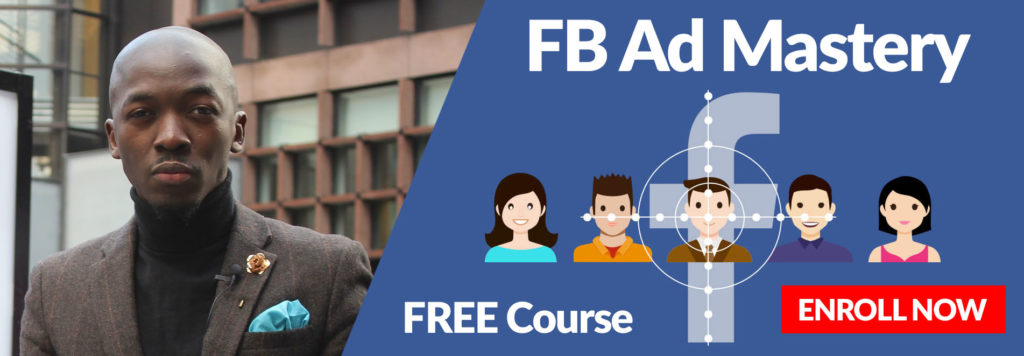
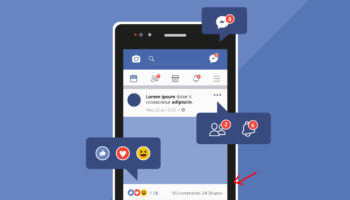
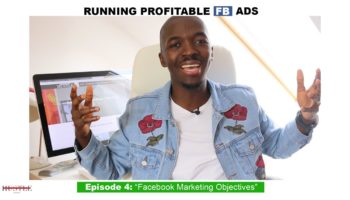
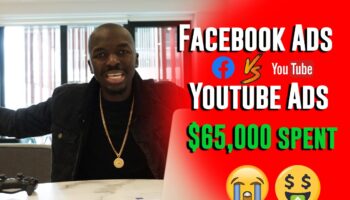
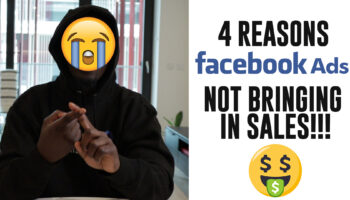
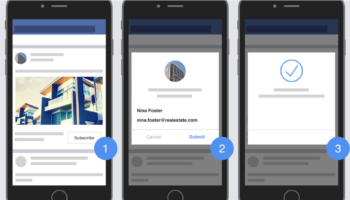
Leave a Reply